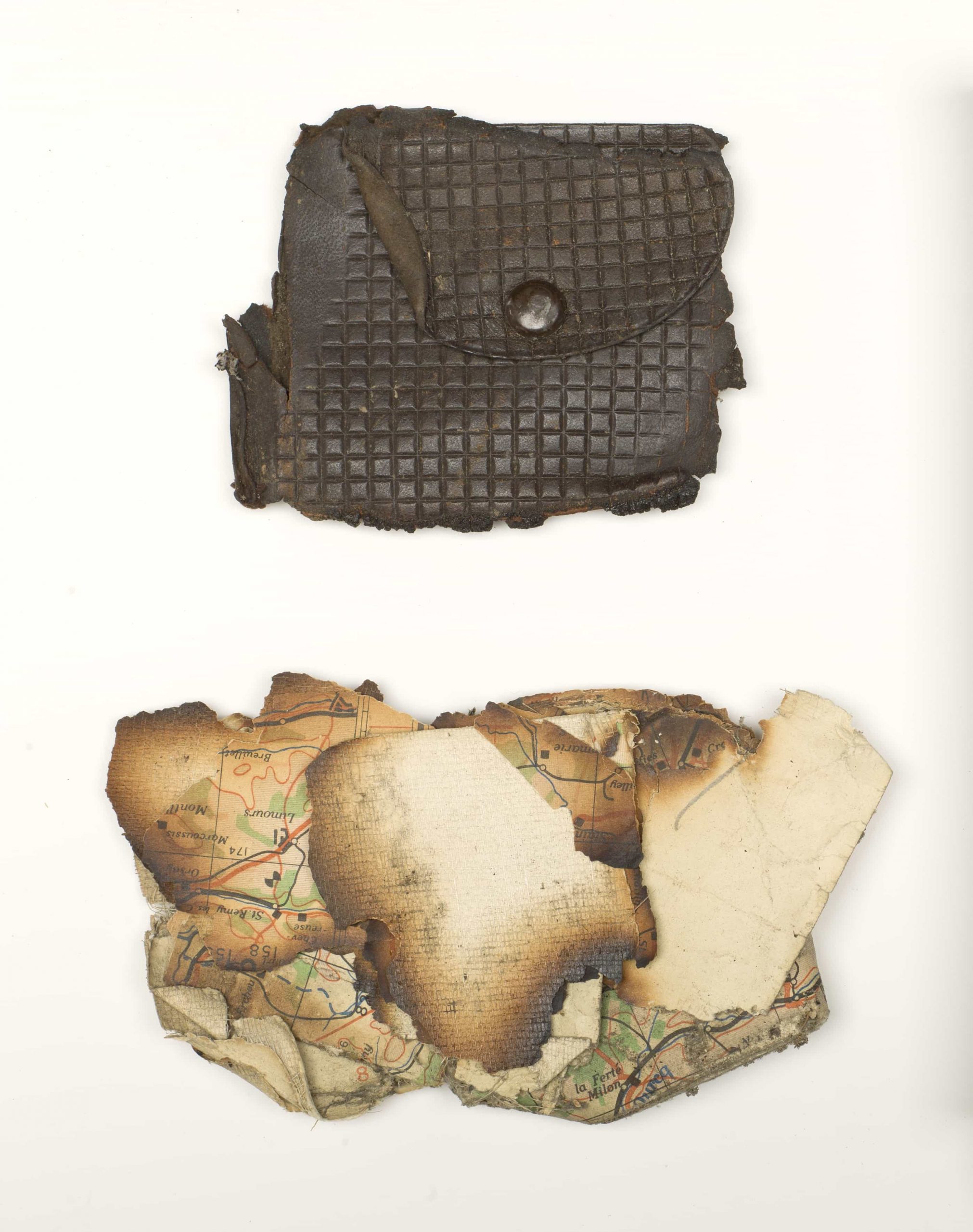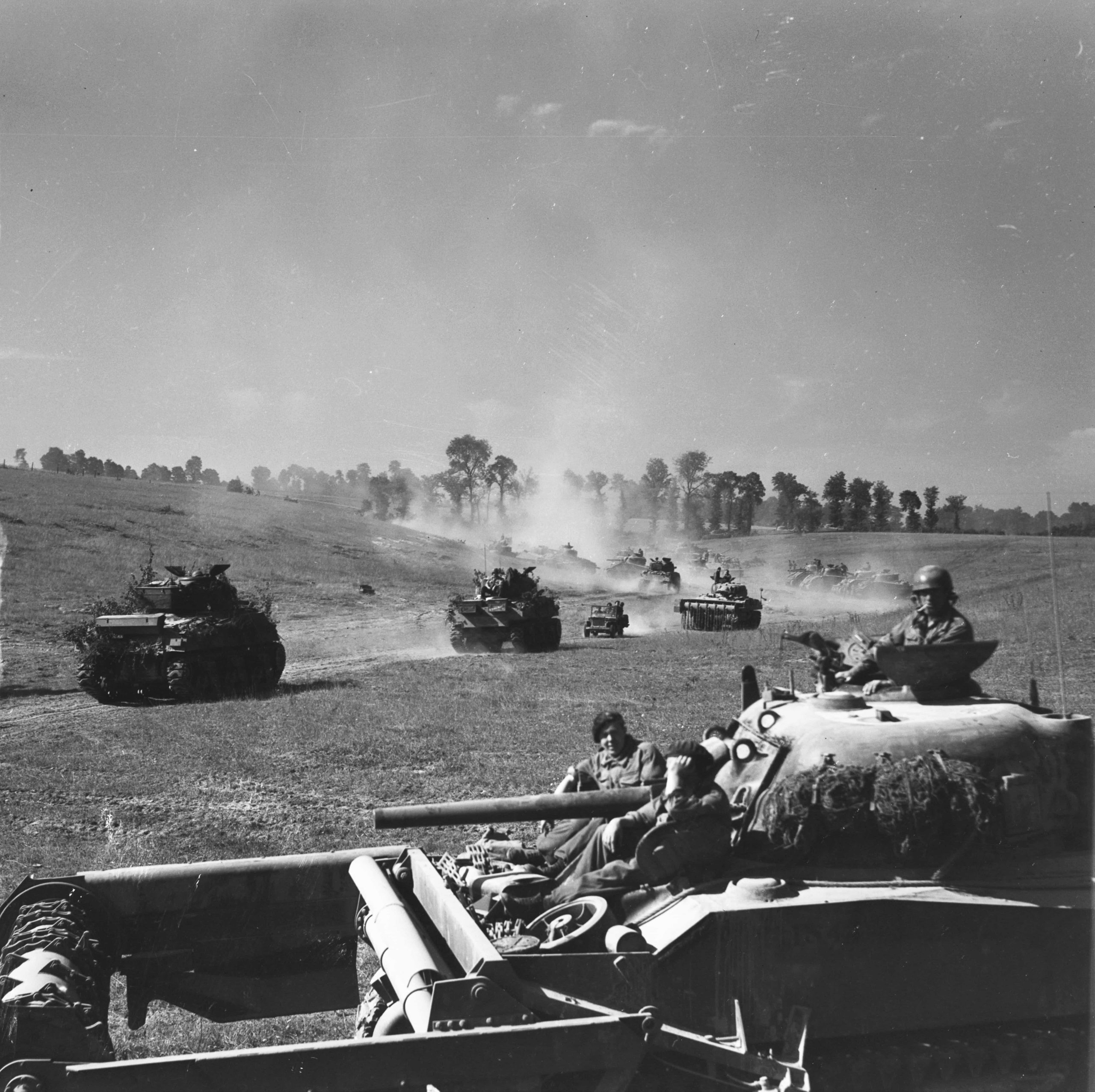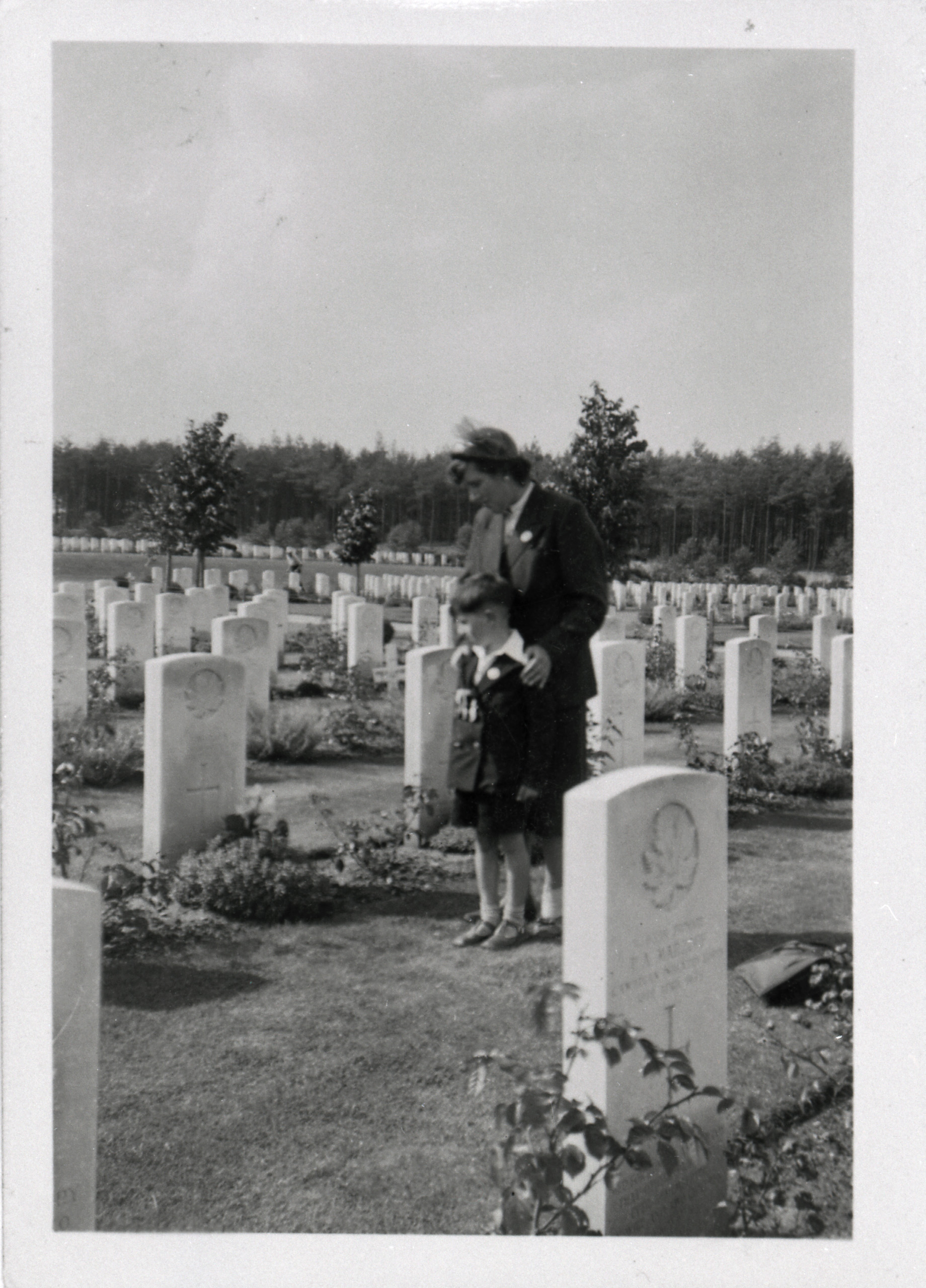The Canadian War Museum holds millions of objects in the National Collection. Each one tells a story.
Almost 45,000 Canadians who served in the military died during the Second World War. Families, friends, and entire communities felt the losses. They struggled to make sense of these deaths, that so often occurred thousands of kilometres away. And sometimes they found comfort in unexpected places—as was the case with the Campbell family and this small change purse.
When they were 19 years old, twin brothers Robert Roy Campbell and Alexander Grant Campbell —known as Roy and Grant—enlisted in the Royal Canadian Air Force. Roy joined in December 1941 and Grant in January 1942.
Roy and Grant Campbell were sent overseas, where they served as navigators — setting routes, avoiding enemy ground defences, and getting their planes safely home again. But flying over enemy territory was always dangerous.
On April 11,1944, Grant’s plane was shot down near Cambrai, France. Five weeks later, his family received more bad news: Roy’s plane was missing. They later learned it had been shot down over Reninge, Belgium. The family hoped that the brothers had survived, and were being held captive, but after months with no word, they had to face the truth: both had been killed in the crashes.
At that time, Canada did not repatriate its war dead. Instead, they were buried in cemeteries near where they were killed. Those who had no known grave were commemorated on memorials to the missing.
After the war, some Canadians made pilgrimages to war graves overseas. But many did not have that option. Finances, health, or other factors prevented them from making the trip to see where their loved ones were buried.
The Campbell family was able to make the journey. They travelled to France and Belgium in 1947. The itinerary was planned very carefully, as they knew it would be difficult to make a second trip.
They visited the graves: first Grant’s, then Roy’s. In both cases, their bodies could not be identified. They were buried with other members of their respective aircrews who also could not be identified.
While the Campbells took some comfort in seeing the graves for themselves, they wanted to do more.
That’s where the purse comes in.
While in France, they were taken to Grant’s crash site by a police officer who had been the first on the scene. There, the officer showed the grieving parents the charred remnants of a map and a small change purse. These items had been found in the hand of one of the unidentified members of the aircrew, who was found in the navigator’s position on board the crashed aircraft.
The parents recognized the purse as “unmistakably” the one they gave to Grant for Christmas, the year before he enlisted. With that, they were able to identify Grant’s body, and have it moved to a single grave.
In that way, the small change purse brought some comfort to a family in a difficult time.



